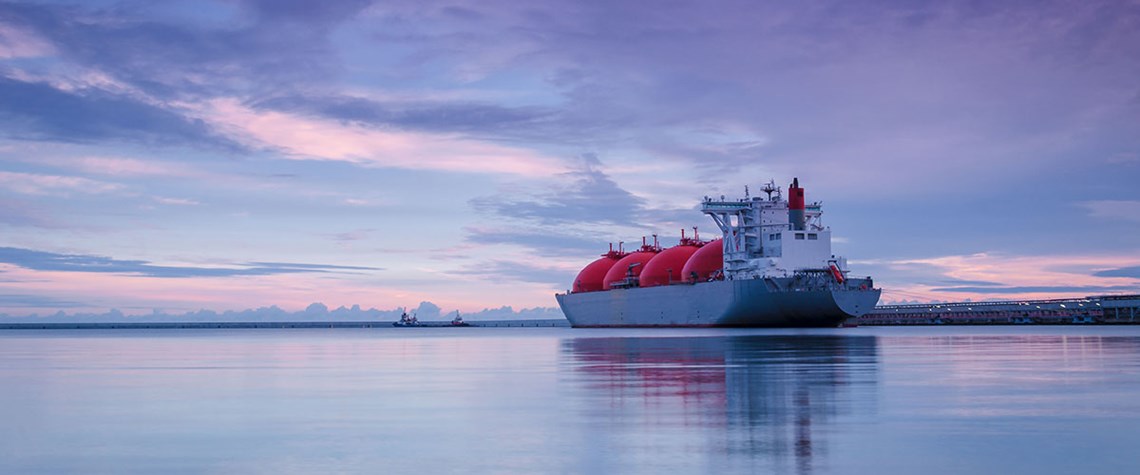Latin America’s uncertain LNG future
Old-guard importers are fading, but new markets are opening. The region’s exporters are adapting to the US threat
Latin America doesn't suck in huge quantities of liquefied natural gas like northeast Asia, or feed the world's thirst on the same scale as Australia or Qatar; but it has played an increasingly important role in the global gas trade in recent years. The Southern Cone countries—Brazil, Argentina and Chile—have been the region's stalwart importers. The region put itself on the LNG trade map earlier this decade. Severe droughts in Brazil forced the country to burn far more gas than usual, much of which it brought in from LNG markets. At the same time, Argentina's demand was surging and its production sliding, which saw it turn to LNG markets to plug the gap. In 2014, the Southern Cone countries

Also in this section
12 December 2025
The latest edition of our annual Outlook publication, titled 'The shape of energy to come: Creating unique pathways and managing shifting alliances', is available now
12 December 2025
The federal government is working with Alberta to improve the country’s access to Asian markets and reduce dependence on the US, but there are challenges to their plans
11 December 2025
The removal of the ban on oil and gas exploration and an overhaul of the system sends all the right messages for energy security, affordability and sustainability
10 December 2025
The economic and environmental cost of the seven-year exploration ban will be felt long after its removal







